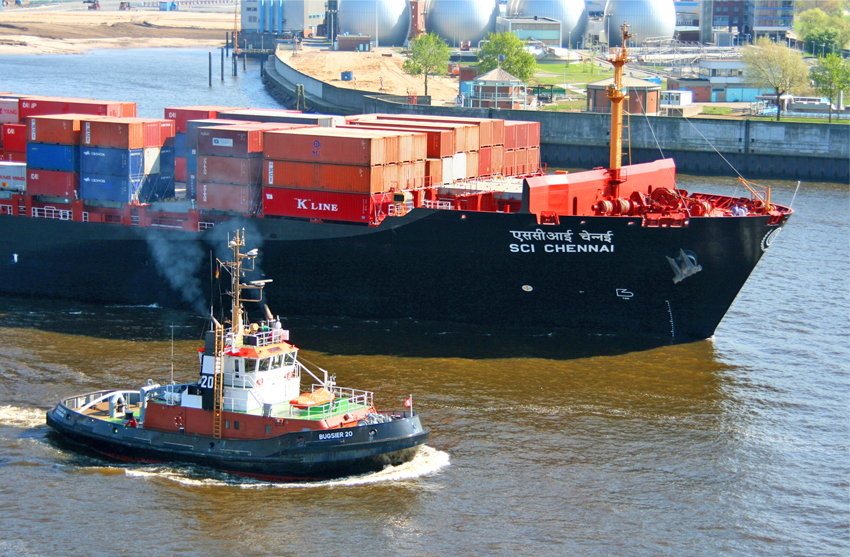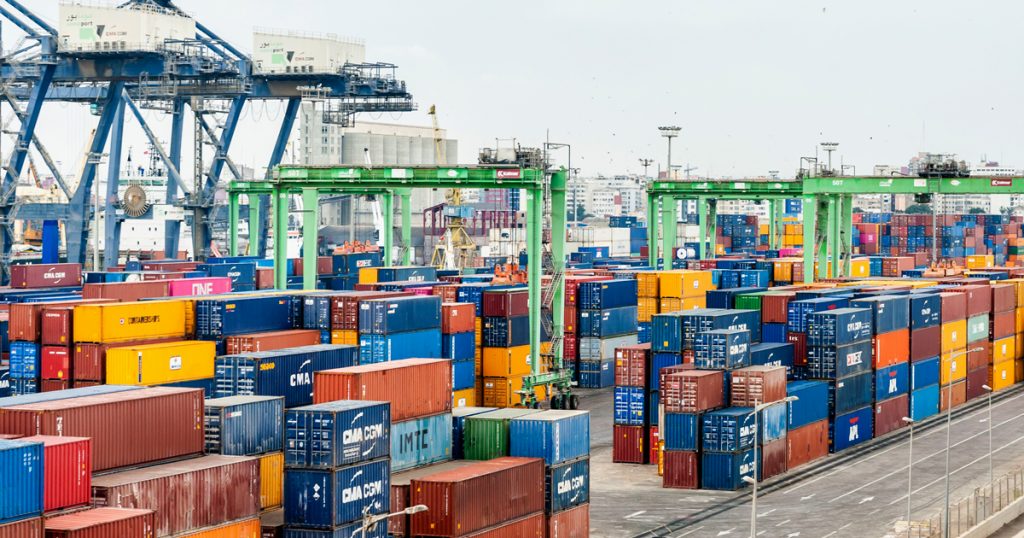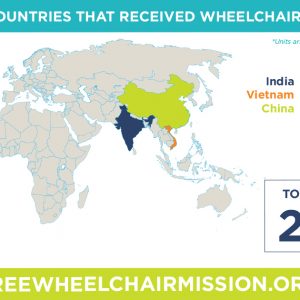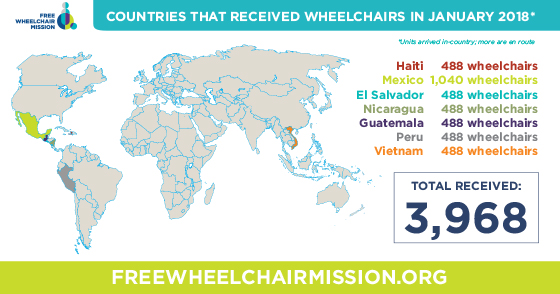
The COVID pandemic triggers "perfect storm," causes unprecedented spikes in shipping costs
It has been a year-and-a-half since the COVID outbreak disrupted life and wrought drastic changes that continue to surface. Among them are shipping costs, which have skyrocketed and continue to rise.
Here’s why:
Most exported goods, including our wheelchairs, are shipped overseas by ocean container. These 40-foot metal boxes are loaded with cargo at factories, hauled by truck or train to their ports of origin in Country A, and stacked onto enormous ships for trans-oceanic voyages. Then, upon their arrival at a port in Country B, the containers are unloaded and stored in warehouses until they are transported inland to their final destinations.
Meanwhile, emptied containers are filled with cargo from Country B, then loaded onto vacant spots on vessels to be shipped elsewhere.

In the intricately choreographed world of shipping, any delays could disrupt the supply chain, and the pandemic caused severe disruptions that no one had ever seen before.
First, factories shut down when COVID struck in early 2020, bringing production to a halt. As a result, shipping companies cut down on their services, idling many of their vessels and stranding empty containers at ports around the world.
But then, as people adjusted to pandemic life and began to work, study, and shop from home, the demand for goods increased. Factories resumed the production and export of items such as protective gear, kitchen appliances, exercise equipment, and electronic devices needed for remote work and distance learning. Ships loaded with these goods would cross the sea only to arrive at ports that were congested because many dockworkers and truck drivers were unavailable due to illness or quarantine.
This further disrupted the supply chain, leading to a shortage of available shipping containers worldwide and spurring bidding wars that have driven up shipping costs.
For example, a container shipment from Shanghai to Brazil, which cost around $1,000 pre-pandemic, cost $9,000 in April 2021.
“We have not seen this in shipping for more than 30 years,” said Philip Damas, Managing Director at maritime consultancy firm Drewry, who expects these extreme rates to remain until at least early 2022.
Just in the past year, Free Wheelchair Mission has experienced an increase of 117% in ocean freight shipping costs, and approximately 215% over the past three years.
“As a former executive at a large shipping company, I can tell you that I’ve never seen anything quite like this,” explained Stuart Rattray, Free Wheelchair Mission Board Chairman. “COVID-19 has caused unprecedented swings in supply and demand for shipping and sending containers. Unfortunately, this has caused disruptions and steep cost increases to Free Wheelchair Mission. It’s a perfect storm where we are coming out of a strong downturn due to the pandemic but are now entering peak season with an uptick in demand and a severe container shortage. This means we have to work much harder and pay higher fees in order to secure the containers we need to ship our wheelchairs to those who need them around the world.”
Meanwhile, the need for wheelchairs remains high, especially in the aftermath of disasters such as the recent earthquake in Haiti.
In the midst of all these developments, our team continues to work hard to find creative ways to get wheelchairs to the far reaches of the planet. While the pandemic has caused long-term disruptions to our distribution channels, we remain committed to our mission to provide wheelchairs to those living with disabilities in developing countries.
Would you pray that we would be able to continue sending wheelchairs to people in need in developing countries around the world?
We would also appreciate a gift in any amount to help us continue to provide wheelchairs to those in need. To donate to support our work in Haiti and other emergencies around the world, visit FreeWheelchairMission.org/emergency.
And, for meaningful Christmas gifts that are sure to be in stock, with no delays in shipping, consider buying Free Wheelchair Mission Christmas and Holiday Cards.
Each card purchased includes a new wheelchair to be donated to someone in the region chosen by the person who receives the card as a gift!
For more information, visit FreeWheelchairMission.org/Christmas.



![[VIDEO] Don’s Interview on ABC News](https://www.freewheelchairmission.org/wp-content/uploads/2018/04/don_abc_560-300x300.jpg)

